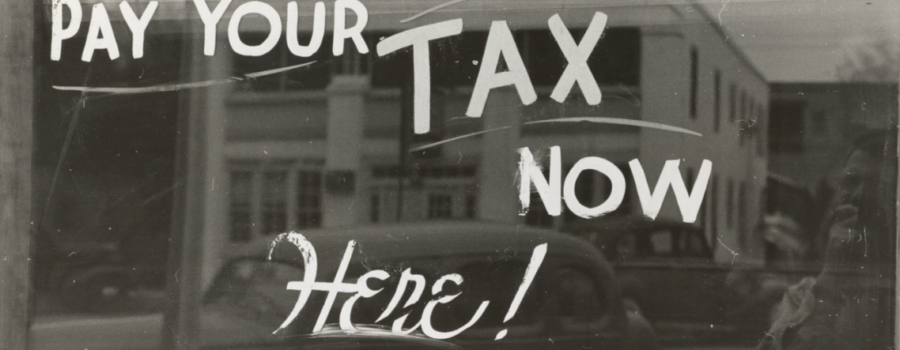At this time of year, we are bombarded by reminders that the end of the tax year is coming. You can’t read a newspaper or go on a tube train, without being reminded to make a payment to an ISA or a pension.
But if you are thinking now about how to save tax before the end of the tax year, the first thing you should be doing is considering whether you should act differently in the future.
Rather than aiming to take action in the run-up to the end of the tax year, you should be acting as soon as possible at the start of the new tax year. If you can make a tax saving on 6th April, you get to enjoy it all year.
If you don’t already do so, we recommend that you should identify how much you intend to spend in 2020/21 and work out how to do so, while paying as little tax as possible. You should also work out if your income is likely to exceed your expenditure, as this allows you to pass more money on to your family, free from inheritance tax.
Here are a few of the actions you should consider taking immediately after 6th April, if you are withdrawing money from your retirement savings:
Make full use of your own and your spouse’s personal income tax allowances.
Once you have retired, it is relatively easy to reduce your taxable income to a very low level, while still having plenty of money to spend – particularly if you haven’t started drawing your state pension or company pension. And it’s not uncommon for one member of a household to have taxable income of less than the personal allowance (currently £12,500). If you are in this position, you should consider drawing sufficient out of an investment-linked pension to use up what is left of your personal allowance. This will mean that you withdraw taxable funds from your pension now, without paying any tax. This might not always be possible in the future, as your circumstances or tax rules could change.
Make use of the Starting Rate for Savings.
If your taxable income from pensions and employment is less than £12,500, you can make full use of the Starting Rate for Savings. The tax rate which applies to this band of income is zero (yes, 0%!), and it applies to most types of savings. It is especially useful if you own an investment bond (particularly if the bond is based offshore), as it allows you to cash in some or all of your bond, and pay no tax – without the Starting Rate for Savings, tax would otherwise be payable. If your pension and earned income add up to more than £12,500, but less than £17,500, you can still make partial use of the Starting Rate.
Give away £3,000 (or £6,000).
You can give away £3,000 in each tax year, free from inheritance tax. And if you didn’t make a gift in 2019/20, you can give away £6,000 in 2020/21, free from inheritance tax. If you haven’t made use of your 2018/19 allowance before 6th April 2020, it will be lost forever, so you may need to act now.
Use your capital gains tax allowance.
If you hold taxable investments, you should be able to make use of your annual capital gains tax allowance (currently £12,000). Tax is only payable on gains which you have made, and you can offset losses against gains, so you may be able to withdraw much more than the allowance from an investment without any tax being due. While‘ bed and breakfasting’ of shares is, in general, not effective for tax purposes, it is still possible to sell your holdings in one fund, and reinvest in another, almost identical fund.
Transfer funds from a taxable General Investment Account to an ISA.
If you do not have new money to invest, you may still have money invested in a taxable account. The amount of tax you save in one tax year by moving the maximum into an ISA may not seem huge, but, throughout retirement, the savings mount up. The introduction of inheritable ISA allowances has increased the value of the ISA tax breaks substantially.
The current tax regime is benign for those living on their retirement savings, so it is important to make use of today’s tax breaks. They may not always be around!

